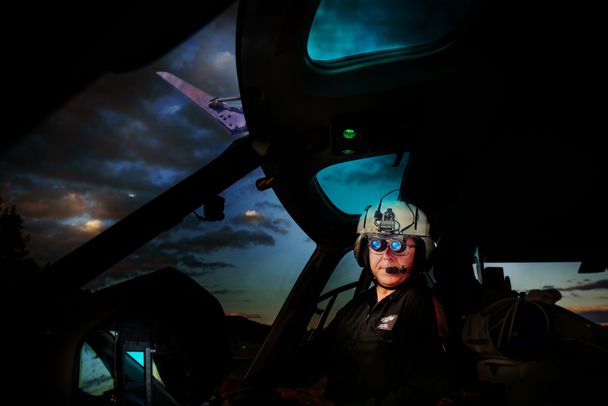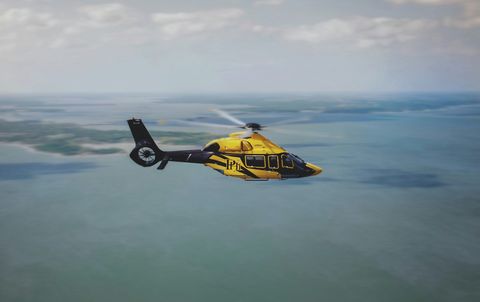Small town meets critical care with Klamath Falls’ AirLink
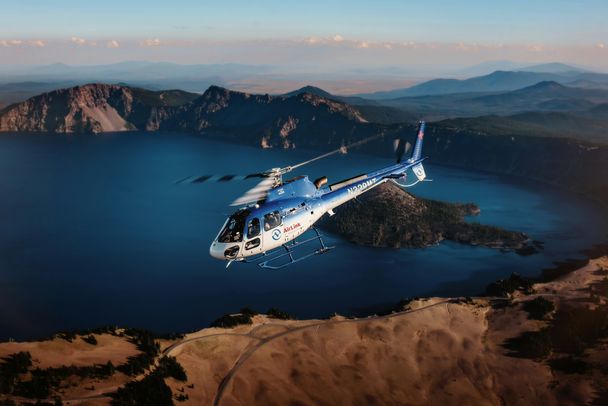
Air ambulance provider, AirLink uses an H125 to carry out inter-facility transfers
and scene calls for rural Klamath Falls, Oregon, providing access for backcountry towns to tertiary care.
Surrounded by the Cascades, forests and swaths of farmland, Klamath Falls in
south-central Oregon enjoys a lifestyle (outdoorsy, neighborly) and a landscape (cut
off for weeks in winter weather) that forges strong bonds.
“We go on camping trips together, attend each other’s birthday parties. There’s that
sense of community at work,” says Jason Askins, Regional Aviation Manager for
AirLink Region 11.
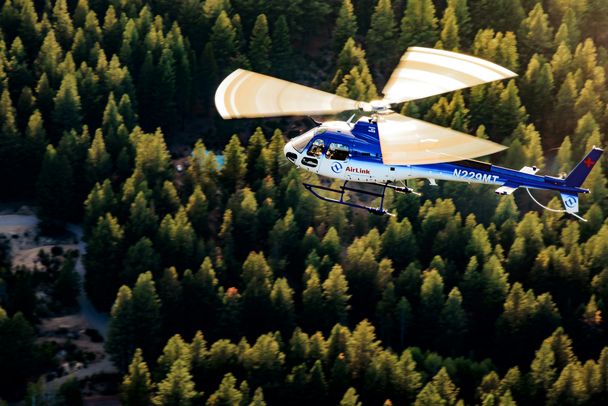
Rural USA, a beauty and a beast
Warm in the summer (85° F), snow-covered until April, Klamath Falls is connected by a scenic highway to Bend, its nearest big neighbor to the north, where AirLink runs a second base. Between the two, you’ll find neither a fire reporting station, nor a Jet-A fuel depot—omissions that typify the area’s prized remoteness.
The trade-off for such rugged beauty? Medical limitations. When residents get ill or injured, Sky Lake Medical Center treats most cases. But not all. Some patients have to be sent to larger facilities either by ground or, depending on the circumstances, by air.
This is where AirLink, operated by MedTrans (a subsidiary of GMR), plays a vital role providing inter-facility transfers (IFT) and responding to scene calls with an H125 helicopter and a Pilatus PC-12. The Klamath Falls team consists of 25 pilots, nurses, respiratory therapists and mechanics. Flights in the H125 can run the gamut from transferring high-risk obstetrical cases to responding to farm accidents, drownings, or ski accidents.
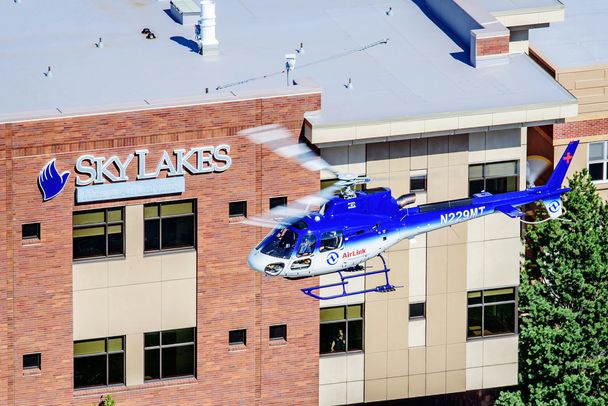
No lack of care, however far
The majority of AirLink’s flights are IFT cases, and of these, many are cardiac or stroke patients. A scarcity of nearby medical facilities is another reason for transfers. “Places out east are limited in what they can do for a patient,” explains Todd Lemaire, AirLink Flight Respiratory Therapist. “For especially challenging cases, they have to transfer patients to a higher level of care.”
Beyond IFT cases, 30% of AirLink’s flights cover scene calls, often involving car crashes. Icy winter conditions, speeding and fatigue are common factors. Often, the crew has more to contend with than just timing. Avoiding thick smoke in the wildfire season, deviating to refuel late at night . . . it’s part of the job for Kyle Alford, Base Aviation Manager and an H125 pilot who, like his AirLink colleagues, puts safety at the forefront of his operations.
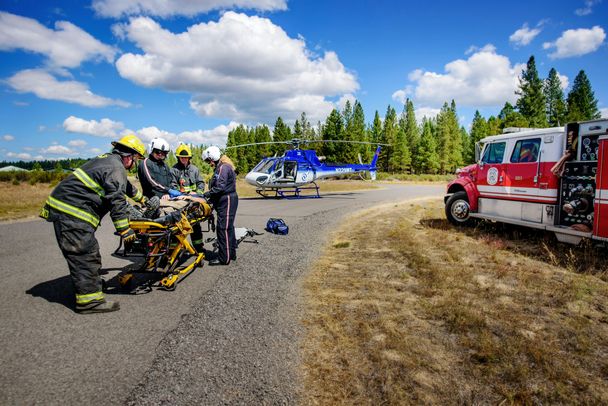
Single and sturdy
AirLink’s H125 is licensed as an ambulance by the state of Oregon and to anyone who takes a look inside, it’s not surprising. Left of the pilot lies the patient with their head by the medical attendant. The back seat has cardiac and blood pressure monitors, a mechanical ventilator, and a suction machine. An IFT bag carries IV pumps, glucometer, and blood transfusion kit. They also fly with a Point of Care IStat to perform critically needed blood values like Chem 8 panel and ABG’s.
“The H125 has good patient access; I can get down to their waist and even their knees because of the way the LifePort system is designed,” says Todd Lemaire. “It’s easy to load into, I can see out the front window, and it’s got a nice width so you have a bit of room.”
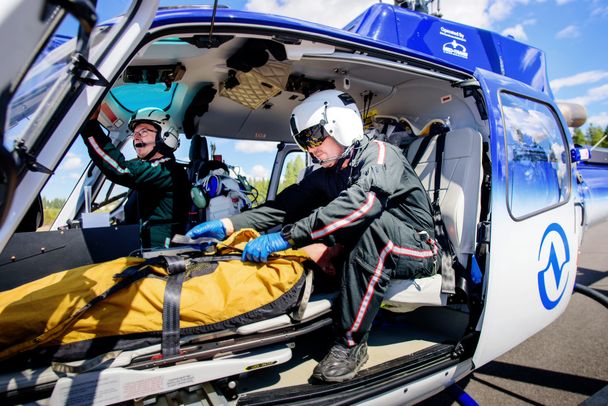
Patient comfort and transport time are certainly another plus of getting a lift in the H125. Kyle Alford ticks off the one- or two-hours’ drive times to hospitals (Medford is an hour-and-a-half and Bend is closer to three hours) versus the time he takes to fly: 30 minutes to tiny Christmas Valley, an hour’s flight to St. Charles Hospital in Bend.
The helicopter’s performance at high altitudes and hot temperatures was a key reason for its place in the AirLink fleet, especially when flights take them over Crater Lake. Kyle Alford recalls landing at 7,300 feet in a tight spot. “With the way the motor and that tail rotor perform, it was like you weren’t even testing it,” he says. “Lifting off, we had to clear trees that were 100 feet tall. It didn’t even struggle.”
At night, the crew wears night vision goggles, an asset where dark skies reign. Daytime flights are VFR, albeit in occasional mist, rain or light snow. Here, the 2-axis autopilot takes some of the pressure. “We’re lucky to have the autopilot. I can make 180-degree turns more easily. It holds altitude. I can manage my heading,” says Alford.
The rugged life has its charms and perils but in Klamath Falls, medical care, luckily, ranks among the former.
